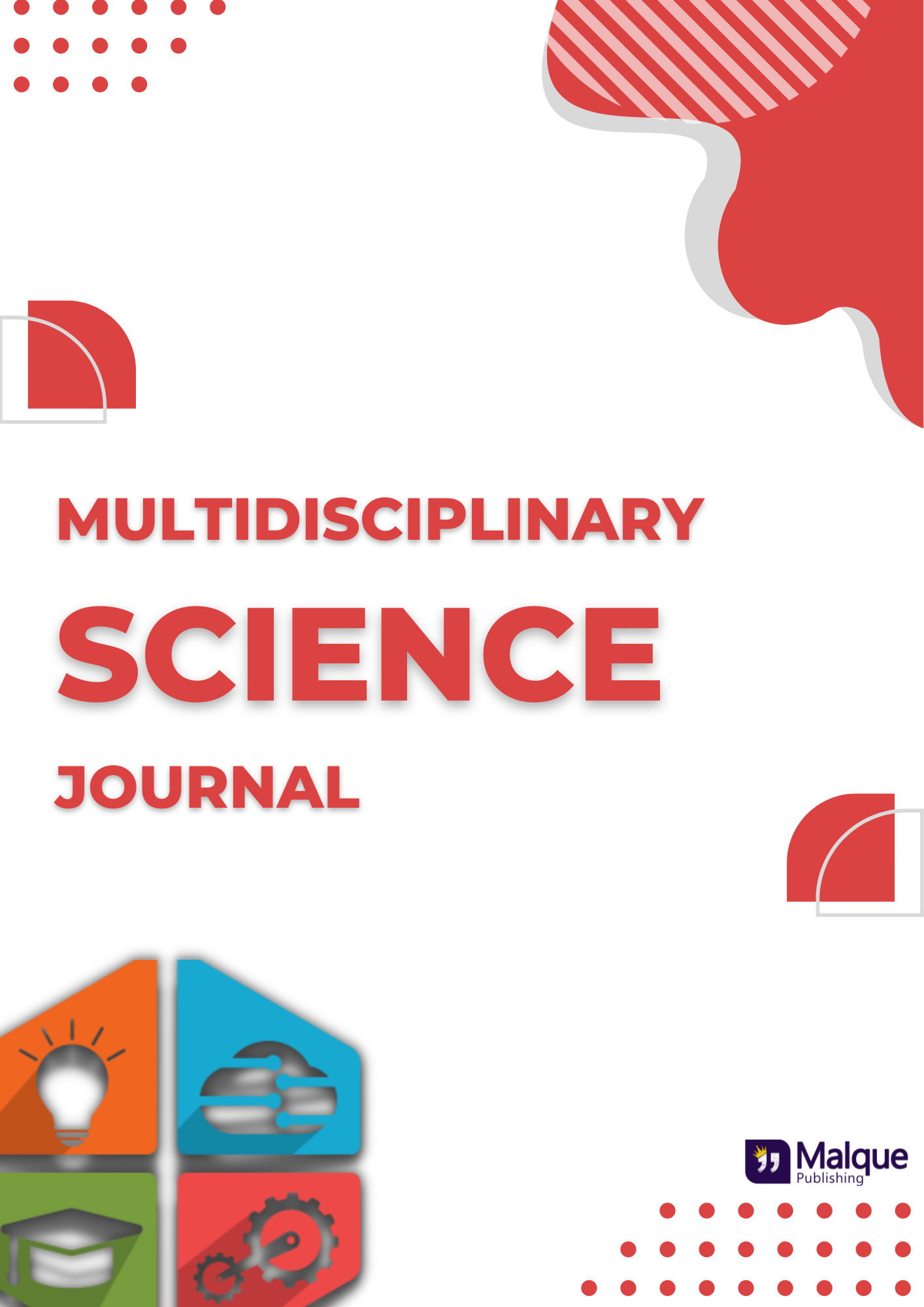Life cycle assessment of eco-brick production using PET particle reinforced epoxy resin composites
Abstract
The process of urbanisation contributes to the growth of waste generation and causes environmental pollution. One of the most common plastic waste is polyethylene terephthalate (PET). This plastic waste is often used as mixed material in construction. The use of life-cycle assessment (LCA) is a possible tool to assess the sustainability of a product in the long term. After analysing the latest literature, it was found that the study of PET waste in building materials is one of the sustainable alternatives for waste reduction. This research contributes to the improvement of sustainability in alternative building materials through LCA. A gate-to-gate approach is adopted in this research. LCA Calculations for the production of eco-bricks were carried out in accordance with ISO 14044. GaBi software was used to identify and quantify impacts within the system boundaries. The calculations were based on the EDIP 2003 method for assessing impacts. The results show that the use of epoxy resin and PET as raw materials for eco-tiles has an impact on ozone formation (OF) of 118 m2 UES*ppm*hours, which is due to the use of epoxy resin chemicals as adhesives in the production of eco-bricks. Eco-bricks made of PET and epoxy resin have better compressive strength than other materials. The addition of epoxy resin adhesive can increase the compressive strength of the eco-bricks by 50%. Despite the advantages of using epoxy resin and PET in eco-bricks, there are many uncertainties about their environmental impact. It can be concluded that the use of epoxy resin and PET particles in the production of eco-bricks does not pose excessive environmental risks and their use as alternative mixtures for the production of eco-bricks does not lead to a significant reduction in the environmental profile.










